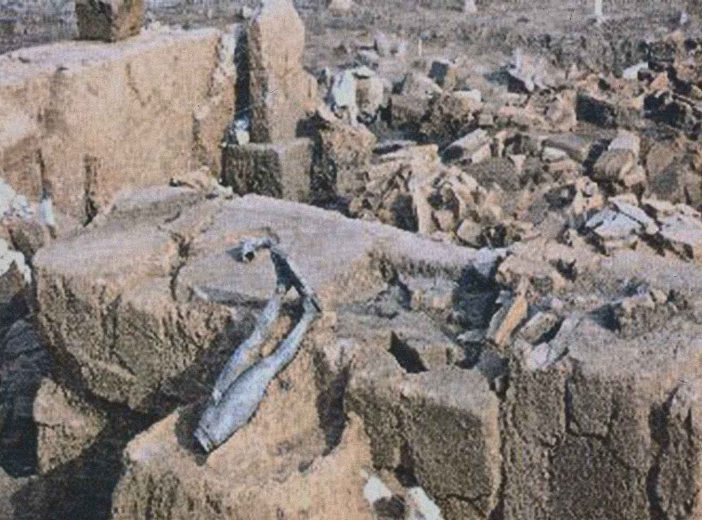In a verdant valley 14km west of Karditsa, in the municipal district of Moschato, at the “Lianokokkala” site which is about 2km from the village Metropoli (built on top of the ancient city of the same name), lies the ancient temple of Apollo. Some previous illegal excavations led to the commencement of official excavations in 1994, which brought to light a “Hekatompedon”. It is a Doric temple surrounded by a portico with pillars (peripteros) with interior colonnade, which was in operation during five extremely crucial centuries in Antiquity.
The temple was built in the second quarter of the 6th century BC and it was destroyed by fire in mid-2nd century BC; nowadays, it is the best-preserved ancient temple in Thessaly. Originally, the temple was made of wood, which was subsequently replaced by locally-mined soft sandstone.
The roof was tiled with Corinthian tiles. A special architectural feature is the embossed decoration of the echinus of the capitals with floral ornaments, with a different design on each capital. A bronze statue of Apollo was found inside the temple and it is exhibited, along with all other findings, in the Museum of Karditsa.
The excavation works have been completed and the temple is now open to visitors.











